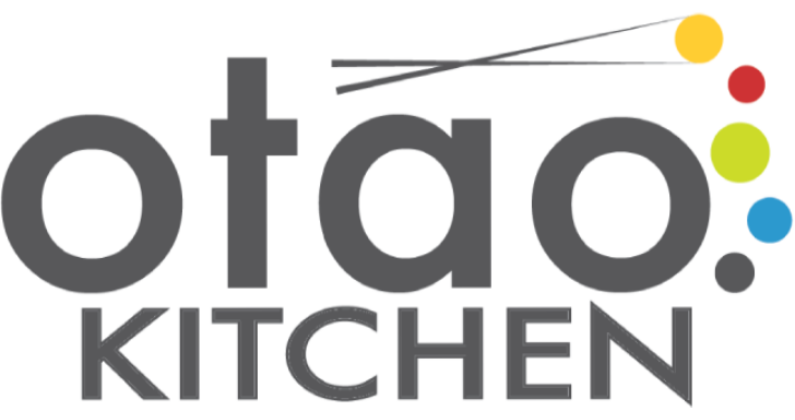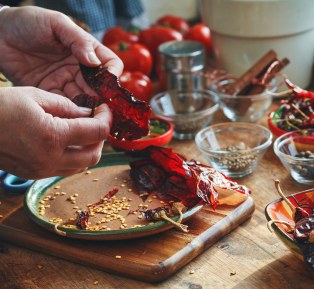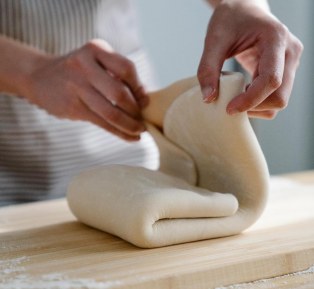
Culinary Inspiration by Otao Kitchen
Cook . Connect. Celebrate
At Otao Kitchen, we believe cooking is one of the most powerful ways to connect—with yourself, your loved ones, and the world around you. It can put a smile on your face, bring family and friends together, and create memories that last a lifetime.
But cooking is more than just connection—what you choose to cook and eat impacts your health and the health of the planet. That’s why we’re passionate about making it as easy and enjoyable as possible for everyone to experience the joy of good, home-cooked food.
“Cook to Connect” is at the core of everything we do. Through our blog, food experiences, and global travel inspiration, we explore the deep relationships between cuisine, culture, and community. From vibrant street food across the globe to time-honoured family recipes passed through generations, we share with you the stories, flavours, and traditions that shape the way the world eats.
Here, you’ll find:
Practical cooking tips and techniques
Authentic global recipes
Cultural and culinary insights
Event planning advice
Kid-friendly cooking inspiration
Travel stories and destination food guides
Seasonal celebrations and global food festivals
Whether you're in your home kitchen or exploring a faraway land, we’re here to help you cook with purpose—and connect with the world through food.
Celebrate Your Anniversaries with a Cooking Class
Remember the meal you shared on your first date—the way the flavors lingered as you laughed and locked eyes across the table? What if you could recreate that magic together, hands deep in dough or stirring a simmering sauce?
How to Plan a Birthday Party at a Cooking Class
Tired of the same old cake-and-balloons routine for birthdays? Picture this: a celebration where you and your guests roll up your sleeves, chop some veggies, and whip up a feast together—laughter included, no RSVP required for fun!
Cook, Laugh, and Love: The Best Date Night Idea for Melbourne Visitors
Are you tired of the same old dinner-and-movie routine for date night? If you’re visiting Melbourne and looking for a way to spice things up, we’ve got the perfect idea: a cooking class for two. Imagine rolling up your sleeves, laughing over a simmering pot, and savoring a meal you’ve created together—all in the heart of one of the world’s most vibrant food cities.
9+ Fun Activities for Large Groups in Melbourne
Planning a big group outing in Melbourne and feeling overwhelmed by the options? Whether you’re organizing a corporate team-building day, a family reunion, a friend’s celebration, or a tour group adventure, Melbourne has you covered with an incredible array of fun activities perfect for large groups.
Fun Team Building Activities Melbourne
Fun Team Building Activities Melbourne
Team building is more than just an office mandate—it’s a dynamic way to energise your team and cultivate lasting bonds. In Melbourne, a city celebrated for its vibrant culture and culinary creativity, team building activities have evolved beyond mundane exercises. They now serve as a catalyst for motivation, collaboration, and genuine enjoyment.
What Cooking Can Teach You About Innovation and Creativity
What Cooking Can Teach You About Innovation and Creativity
Cooking is more than preparing food—it’s a creative journey filled with experimentation, problem-solving, and discovery. At Otao Kitchen, we believe the kitchen is one of the most powerful environments for inspiring fresh thinking and collaboration. Whether you’re crafting a new dish or leading a team, the principles that drive culinary creativity also fuel innovation in life and business.
Here’s how cooking can help you think differently, work better with others, and develop an innovative mindset.
Bake Delicious Cookies Without Butter: Easy Recipe + Smart Swaps
Craving cookies but out of butter—or just looking for a healthier alternative?
Good news! You don’t need butter to bake irresistible cookies. In fact, swapping it out for wholesome ingredients like coconut oil, applesauce, or avocado brings exciting new flavours, textures, and health perks to your baking tray.
In this guide, we’ll explore:
-
The best butter substitutes for cookies
-
A simple step-by-step butter-free cookie recipe
-
Creative recipe variations
-
Pro baking tips for perfect results
Let’s preheat that oven and get baking!
10 Delicious No-Cook Finger Foods for Parties
Planning a party but don’t want to spend hours in the kitchen? No-cook finger foods are the perfect solution! These quick, easy, and delicious snacks require zero cooking, making party prep stress-free and fun.
Cooking Without Oil: Healthy Alternatives for Every Dish
Cooking without oil might sound challenging at first, but it’s a game-changer for those looking to eat healthier without sacrificing flavor. Whether you’re trying to cut back on calories, follow a plant-based diet, or simply explore new cooking techniques, oil-free cooking opens up a world of delicious possibilities.
You may also want to try
Fold & Flow - MFWF
2 Hours
$157
The Confident Home Chef – Sauces, Fermentation & Pickling Workshop
1 Day (9-4pm)
$745
The Confident Home Chef – Bakery Specialties Workshop
1 Day (9-4pm)
$745
The Confident Home Chef – Pastry Specialties Workshop
2 Days (9-4pm)
$745
The Confident Home Chef – Vegetable & Plant-Based Cooking Workshop
1 Day (9-4pm)
$745
The Confident Home Chef – Seafood Mastery Workshop
24 Hours
$745
The Confident Home Chef – Poultry Essential Workshop
1 Day (9-4pm)
$745
The Confident Home Chef – Pork & Game Essentials Workshop
1 Day (9-4pm)
$745
The Confident Home Chef – Beef & Lamb Essentials Workshop
1 Day (9-4pm)
$745
















